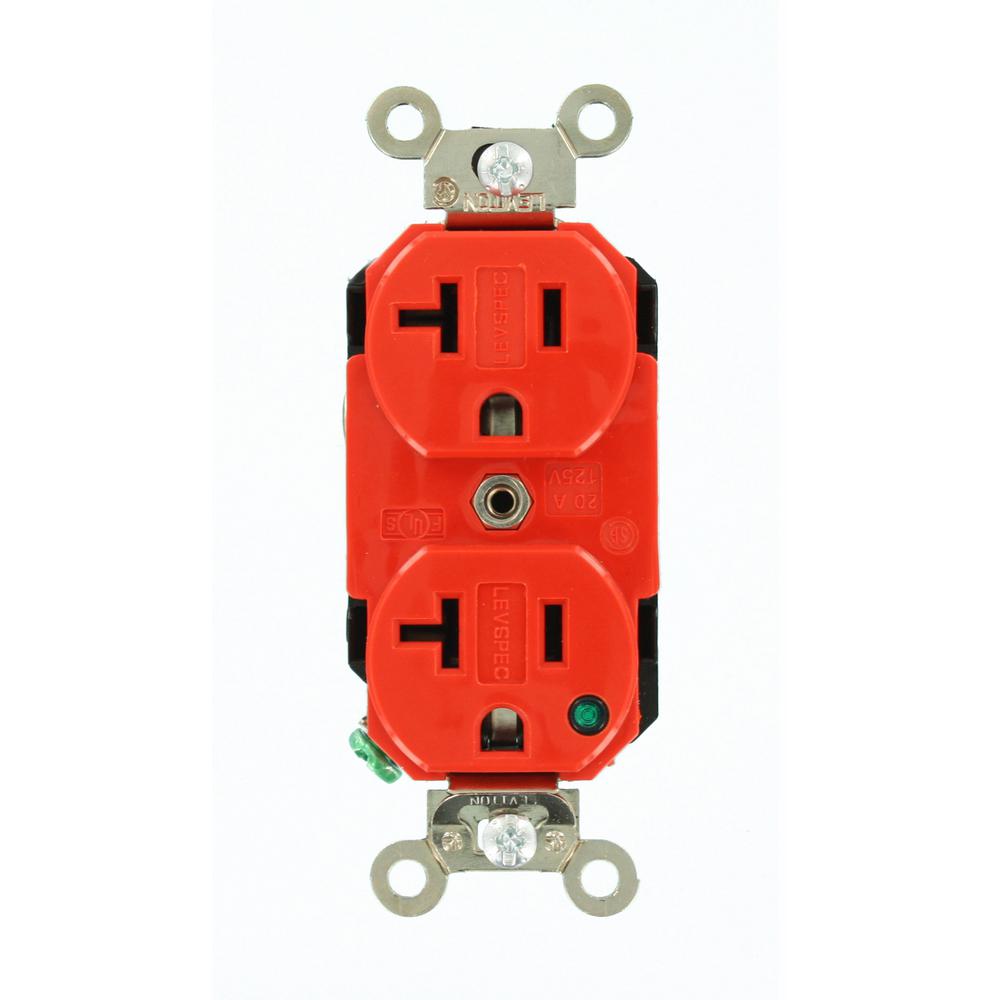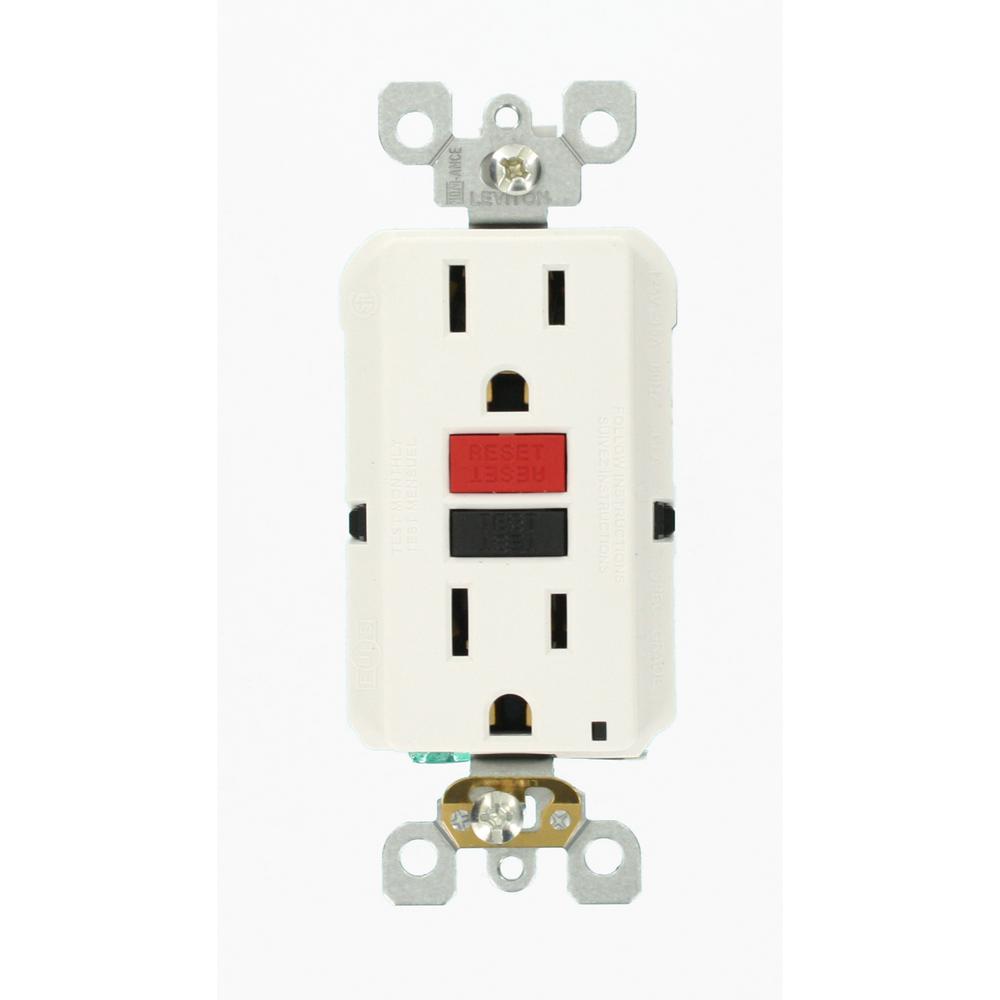

I’m leaving these as they are for now, which, as outlined in this article, is generally okay but not as safe as having a properly grounded outlet. My outlet tester kindly informed me that these new outlets I installed have an open ground, so the bare wires are in fact not grounded (I suspected this might be the case when I noticed the gauge is smaller than what’s typically run through a house during installation, and smaller than the adjacent hot/neutral lines). I assumed these were grounded and installed a couple of 3-prong outlets where I needed them the most using the bare wire as a ground. I just bought a house built in ~1905, and many of the outlets are 2-prong outlets with a third, unused bare wire in the box. I don’t think you can make that assumption. There are options to keep your family and electronics safe.

If you have ungrounded outlets, you’re not stuck having to pay thousands of dollars for a complete rewire of your house. The GFCI reacts quickly (less than one-tenth of a second) to trip or shut off the circuit. This lets other folks understand what is happening behind the walls in the future.Ī GFCI will “sense” the difference in the amount of electricity flowing into the circuit to that flowing out, even in amounts of current as small as 4 or 5 milliamps. You can swap out your standard outlet for a GFCI outlet on any ungrounded outlets to provide protection from shocks and surges however, you will need to add a sticker to the GFCI outlet that reads “No Equipment Ground” which comes with every GFCI outlet. There is another option that is not quite as good as an equipment ground but will keep you safe just the same.

So, your house doesn’t have metal cable and you can’t get a grounded outlet that way. If you are dealing with concrete walls, call an electrician to check things out or try Option #2. If your outlets are installed in a concrete wall, there is a possibility of getting a false reading, but for wood frame structures, this is a good test. This will provide a ground using the equipment already in your house. If the tester lit up, then all you need to do is run a bare copper wire from the ground screw on the outlet and attach it to the metal box. If you get no light, then there is no ground and this method won’t work for you. If the tester lights up, the box is grounded. With the circuit energized, touch one end of the tester to the hot wire (the smaller slot on the outlet) and one end of the tester to the electrical box. To make sure you have the right setup, you can use an inexpensive pig-tail electrical tester. If the outlet is installed in a metal box and that metal box has metal conduit wiring (BX cable) all the way back to the panel, then you can ground your outlet with just a little work. The ideal way to repair an ungrounded 3-prong outlet is to establish a continuous electrical path back to the main panel. There are two possible ways to fix the issue of ungrounded outlets and I’ll walk you through both of them. or in the worst case, through you! You may think that having a surge protector is enough, but surge protectors only work properly when attached to a grounded outlet. Without a grounded outlet, that path is either through your appliance which will fry your TV, computer, microwave, etc. The ground wire provides an alternate path for electricity that may stray from an appliance or product to make its way safely back to the breaker or fuse box and exit the building into the main ground connection.Įlectricity is like water in that it always chooses the path of least resistance. Since the early 1960s, most electrical codes have required a ground wire to be run to all outlets and appliances, but prior to that time, most wiring was just 2 wires (hot and neutral). Electrical work is nothing to take lightly as you can cause fires or electrocution. Don’t do any of this work if you’re not qualified. So, before you put any of this information to use, check with a local electrician first. Important Disclaimer: While I am a licensed contractor, I AM NOT a licensed electrician.

The 3-pronged outlets are often a sheep in wolf’s clothing since they look like modern outlets, but don’t have any of the protections.


 0 kommentar(er)
0 kommentar(er)
